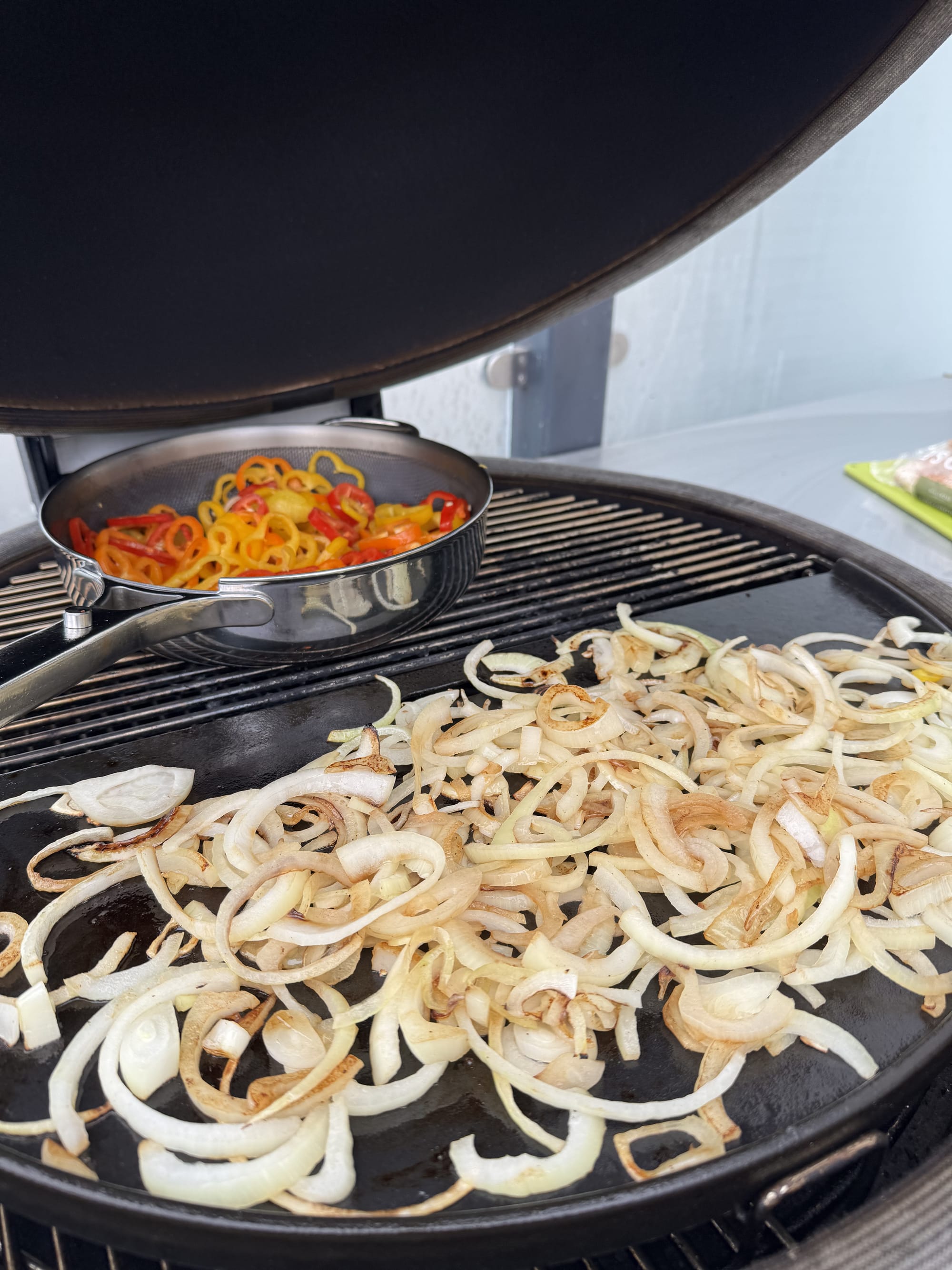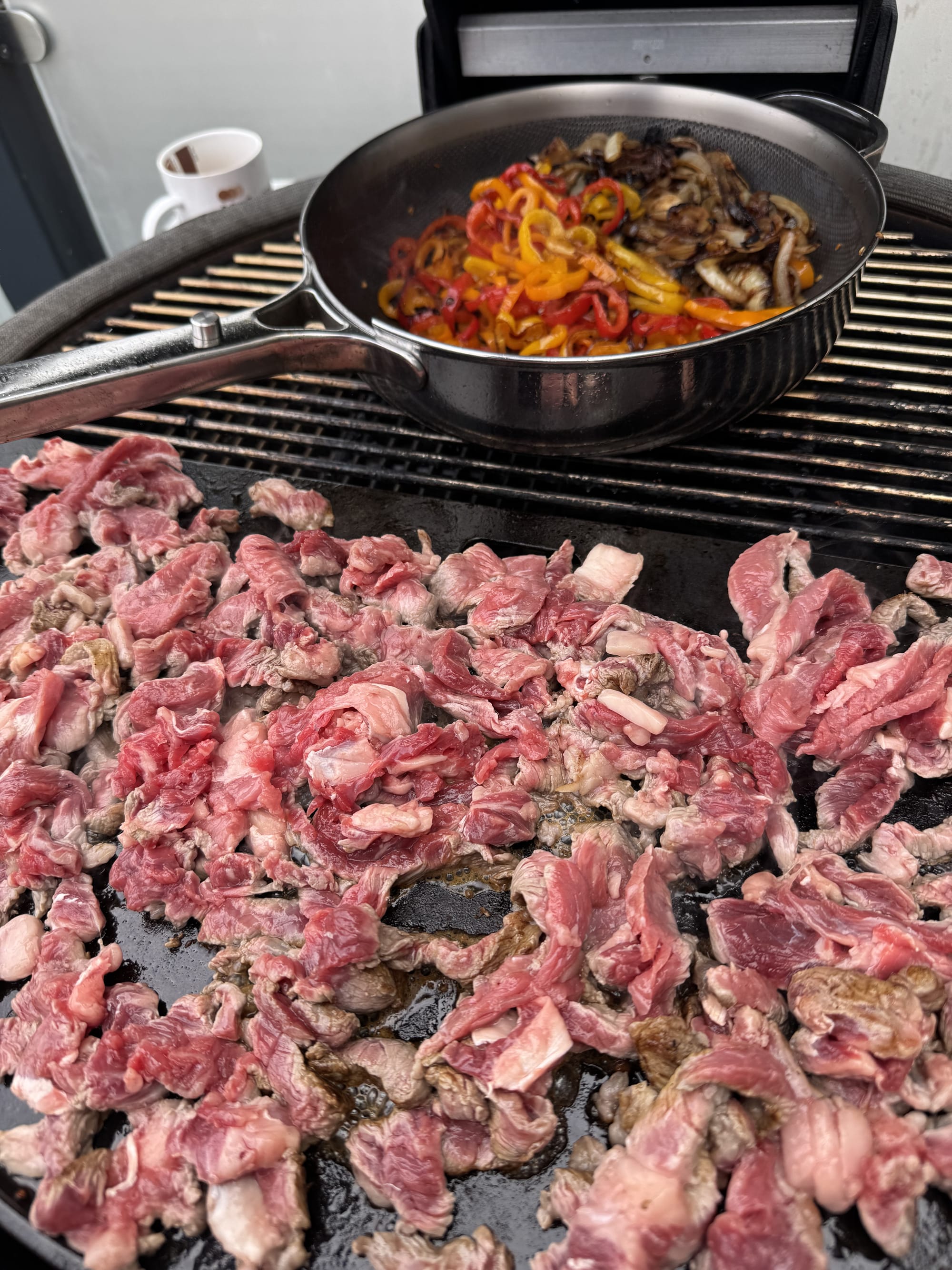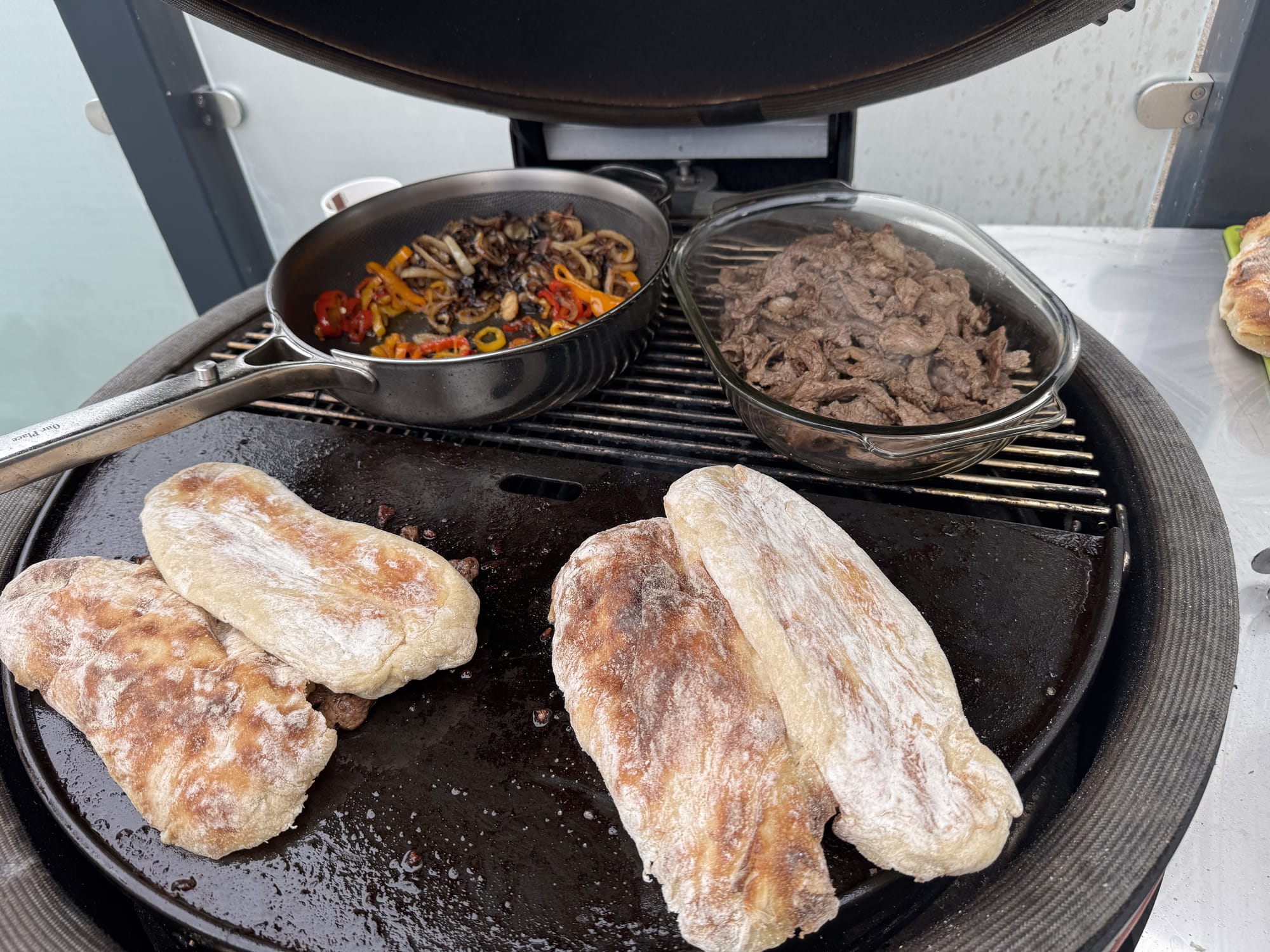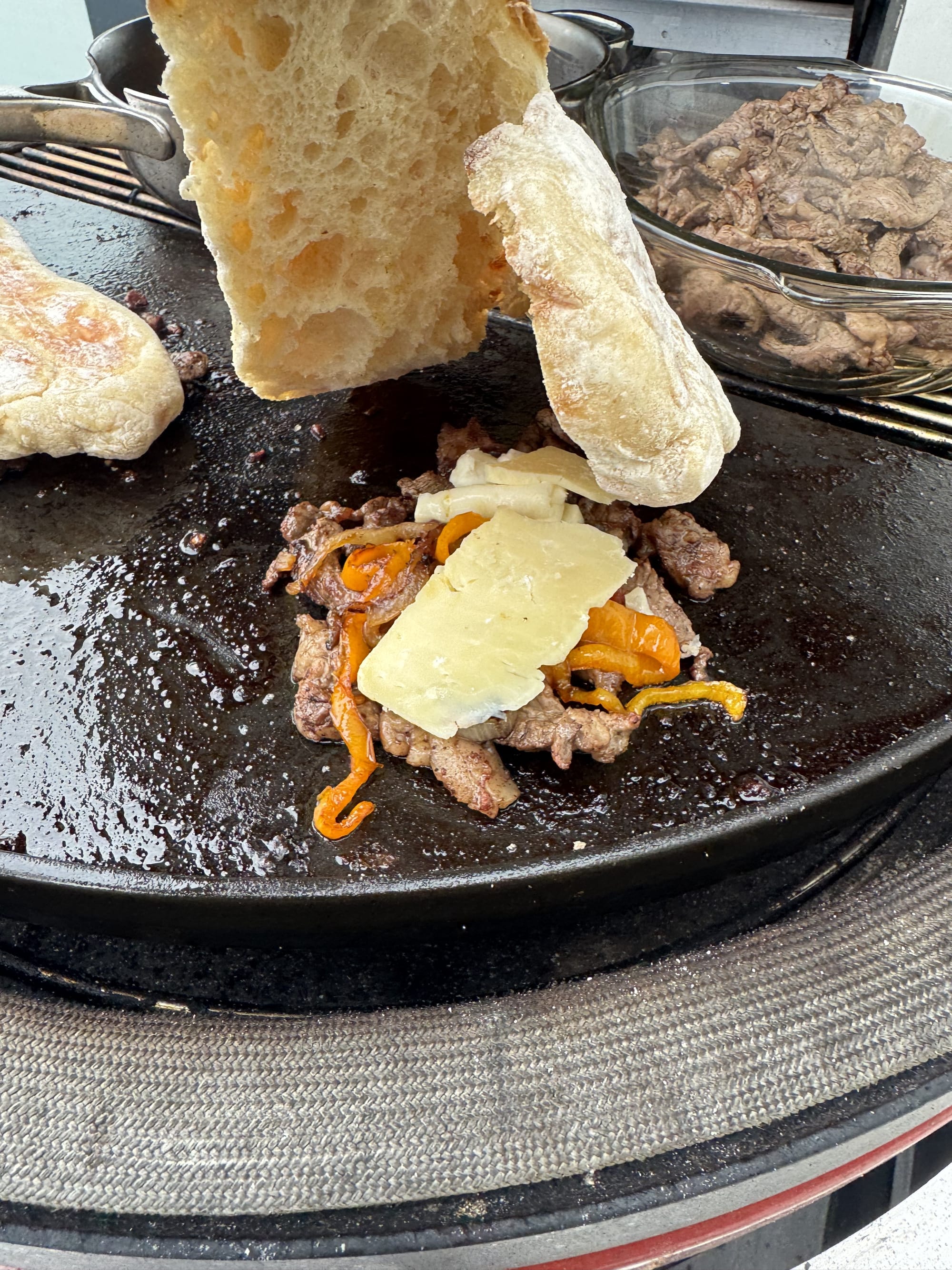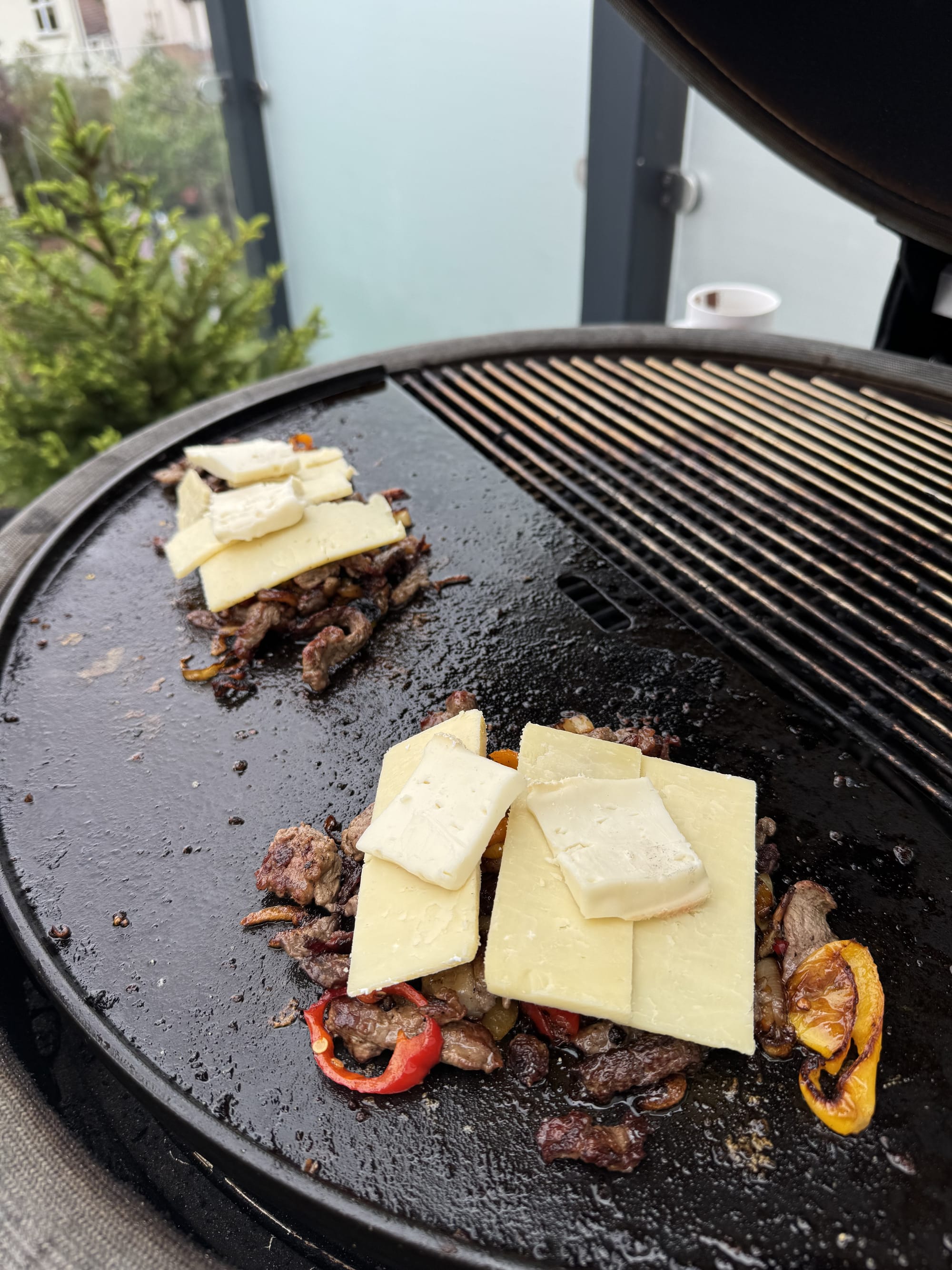The 3,500-Mile Cheesesteak: Perfecting Philly in Sheffield
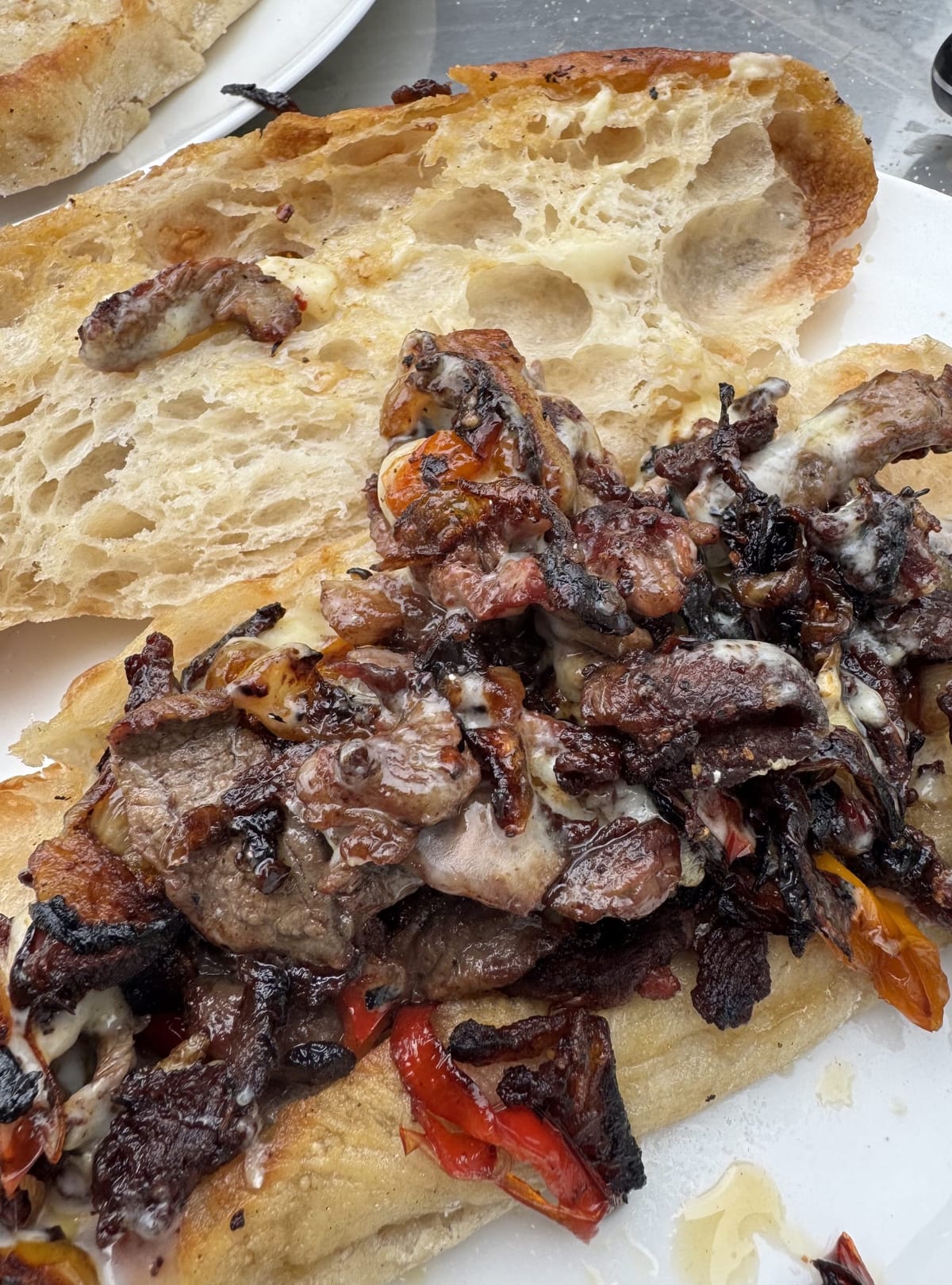
There are those who will happily tell you that the hamburger is America's greatest culinary contribution to the world. These people are wrong. Others champion the hot dog, the buffalo wing, or even – please, no – the Caesar salad. They are merely fighting for silver. The gold medal, the championship belt, the culinary crown of the United States sits firmly atop the messy glory that is the Philadelphia cheesesteak.
My first encounter was pure chance, wandering through Philadelphia's Reading Terminal Market hall, lured by a scent that grabbed me by the nostrils and refused to let go. One bite and I was irrevocably hooked.
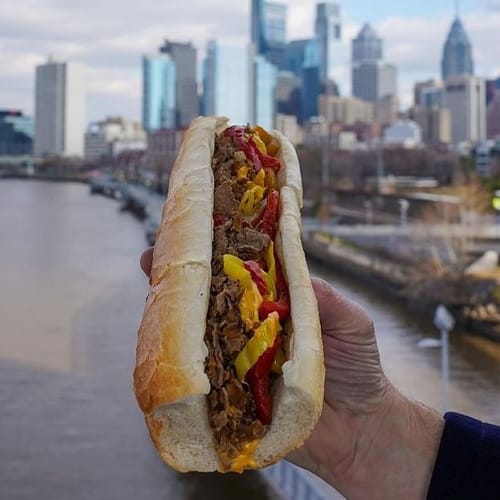
At its heart, this American classic is just thinly sliced beef, melted cheese, and bread – a holy trinity that creates something far greater than the sum of its parts. It's the perfect culinary storm: a handheld format that manages to be both street food and soul food simultaneously.
Naturally, as with all great cultural touchstones, the cheesesteak has sparked local tribal warfare. Philadelphians argue fiercely about whether cafes Pat's or Geno's reigns supreme. Purists battle progressives over the acceptability of additions beyond the holy trinity of beef, cheese and bread. (Bell peppers? Mushrooms?) And then there's the cheese itself – the nuclear-orange "Whiz" beloved by traditionalists, the more subdued American, or the relatively sophisticated provolone.
What follows is the tale of a food explorer who spent many hours making a sandwich and had the audacity to call it research. The scene: a back garden in Sheffield, some 3,500 miles from Philadelphia. The protagonist: a man with an unhealthy fixation on grilled food, and a newly acquired Kamado grill begging to be christened with something more ambitious than a few charred sausages. The mission: to elevate the humble cheesesteak from quick snack to gourmet experience.
The quest began with bread. Proper hoagie rolls being as scarce in South Yorkshire as beach holidays, I settled for ciabatta. Heresy, perhaps, but there's something about ciabatta's airy interior and crackly crust that, when lightly toasted over coals, provides a structural integrity that stands up to the juicy onslaught to come.
Next came the meat. Ribeye, sliced whisper-thin before cooking, not after. Slicing first before griddling is non-negotiable, as determined by a double-blind taste test involving several hungry friends (The sacrifices we make for culinary science). The pre-sliced meat, allowed to cook in its own juices alongside slowly caramelising onions, developed a tenderness and depth of flavour that its post-cooked counterpart simply couldn't match.
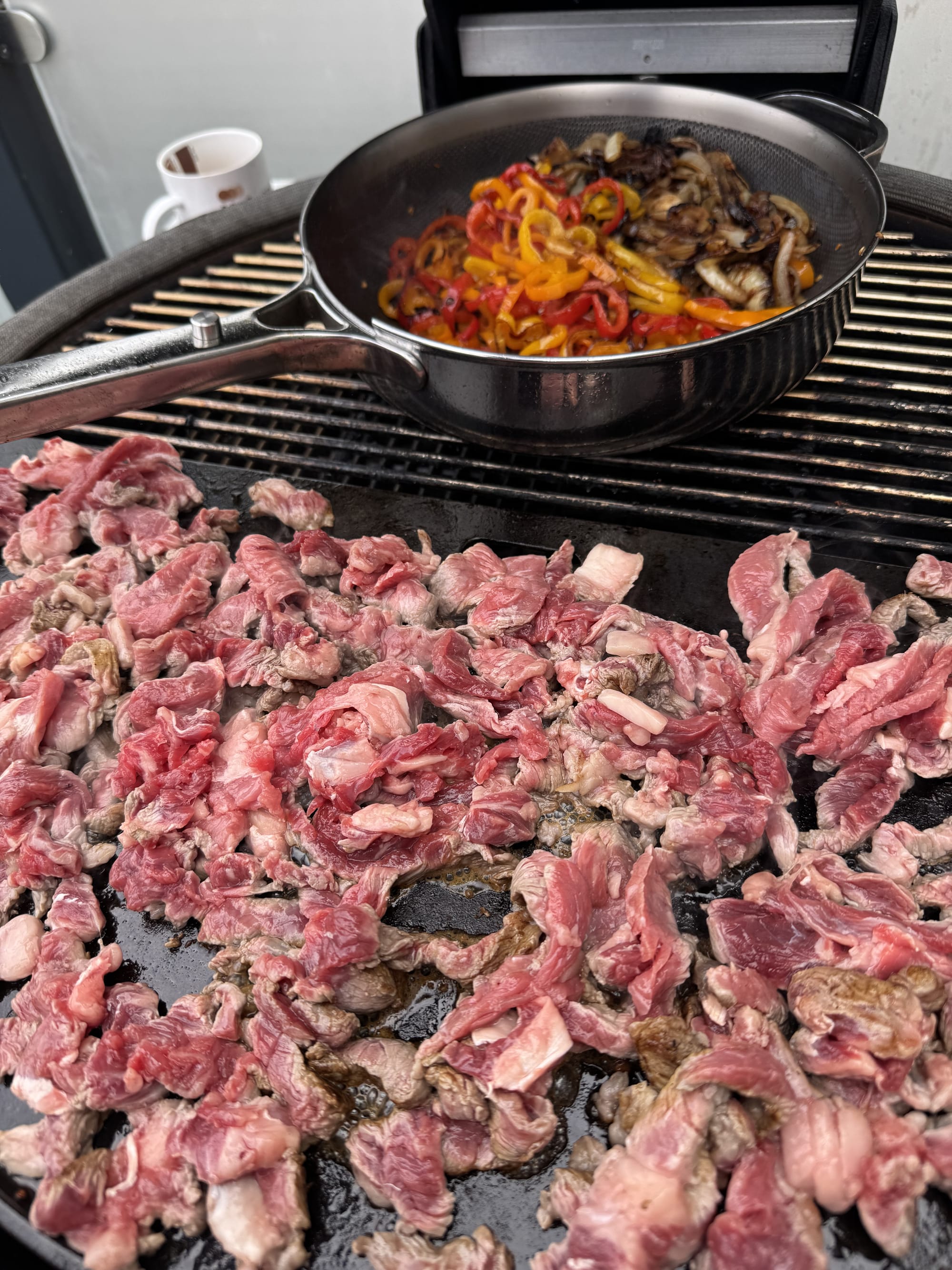
And here's where we reach the crux of this entire enterprise – the cooking method. Not some indoor electric griddle, not a frying pan on the hob, but a cast-iron plate set atop glowing coals in a ceramic Kamado grill, with chunks of whiskey barrel wood adding a subtle smokiness. There's something primitively satisfying about cooking meat over fire outdoors, even when that meat is destined for something as seemingly humble as a sandwich. The gentle spitting of fat hitting hot metal, the rising wisps of smoke carrying the aromas of beef and sweet onions, the way the slices of pepper blister and char at the edges – it's theatre as much as cookery.
While the meat sizzled and peppers softened, I confronted the cheese question. The traditionalist in me wanted to respect the classic options, but the realist in me acknowledged that "Whiz" is essentially nuclear waste in edible form. American cheese slices have all the personality of a bank holiday in Grimsby. Provolone would be the safe choice, but safe choices rarely make for memorable meals. After extensive experimentation, I settled on a blend of aged cheddar for sharpness and taleggio for that molten, slightly funky quality that elevates a sandwich from lunch to lust.
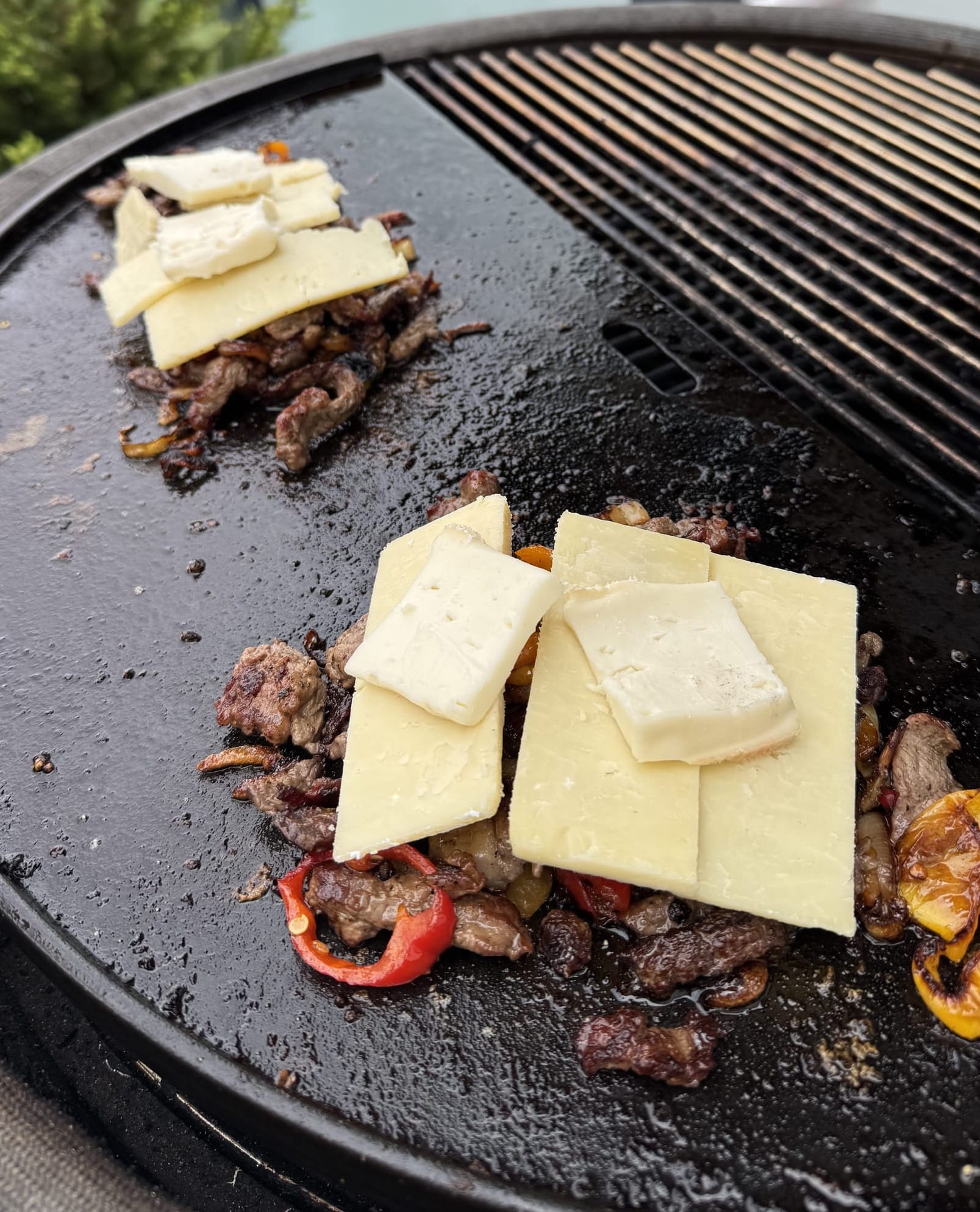
Layered over the still-sizzling beef and peppers, the cheese began its transformation from solid to sublime, coating each strand of meat in a glossy embrace. This is food that doesn't so much speak to you as proposition you shamelessly.
The assembly was a moment of truth. Toasted bread laid open, the beef-pepper-cheese amalgamation carefully transferred, a final flourish of caramelised onions with their sweet-savoury notes. Closed, sliced, and suddenly there it was – not quite Philadelphia, perhaps, but its distant, slightly posh British cousin who went to a good university but still knows how to have a proper night out.
Was it worth the four-hour investment for what amounted to four minutes of actual eating? Absolutely. Because this wasn't really about efficiency or even authenticity. It was about the pure, uncomplicated joy of taking something simple and making it extraordinary through attention and care. It was about the primal satisfaction of cooking over fire, the creative pleasure of experimentation, and the slightly smug contentment that comes from knowing you've elevated a humble sandwich to something worthy of reverence.
Spending four hours creating the perfect sandwich is an intimate act – a love letter to both the food itself and the part of yourself that believes such efforts matter.
Like all the best food experiences, it lingers far longer than the meal itself – in memory, in the satisfaction of creation, and in the certainty that sometime very soon, I'll be lighting those coals again, slicing that meat, and continuing my quest for sandwich perfection. Because once you've tasted what's possible, there's no going back to merely adequate.
Rating: 5/5 – The world's greatest sandwich deserves nothing less. Worth every minute of the time investment for the sheer smugness and meat sweats alone.

